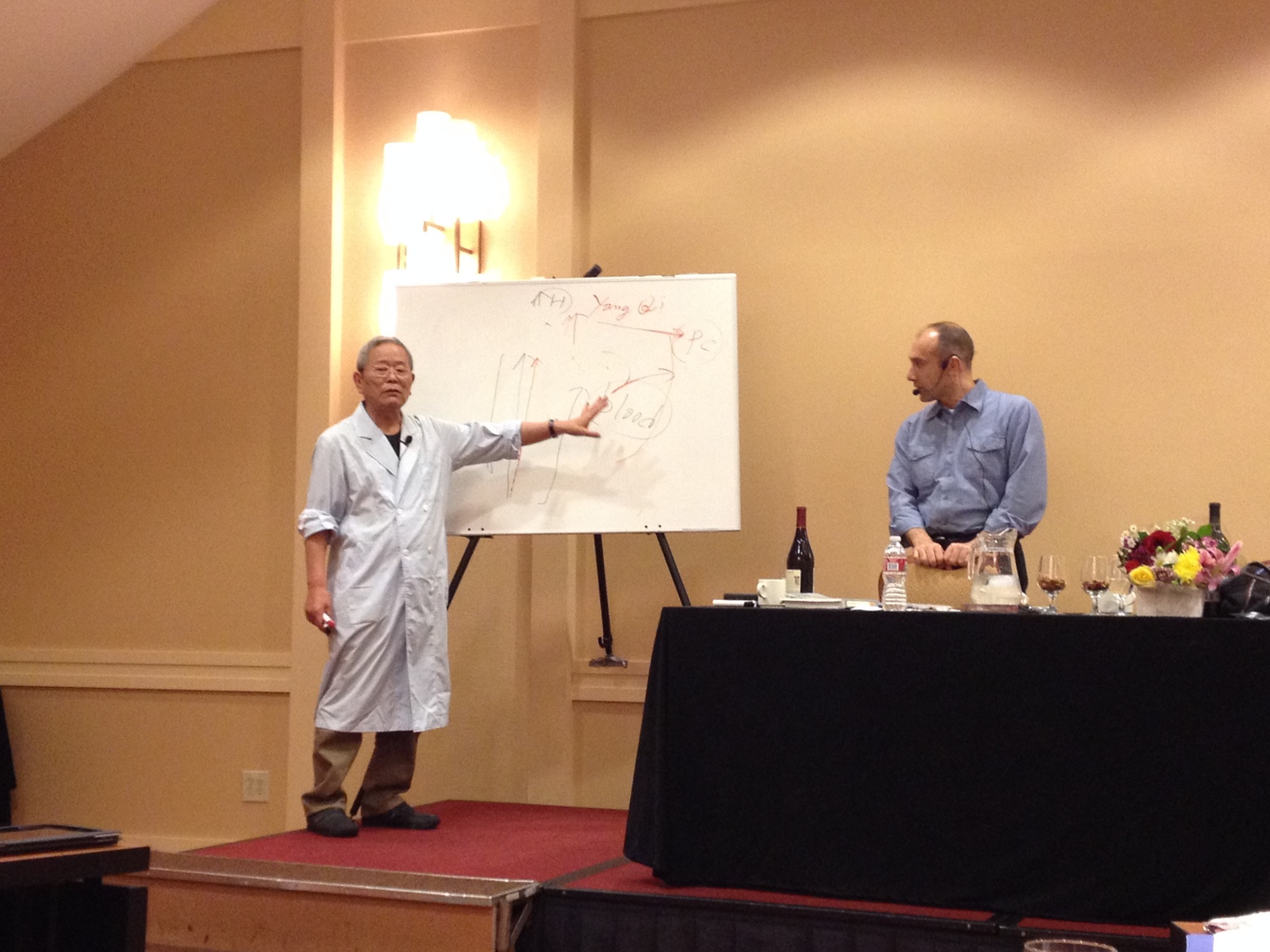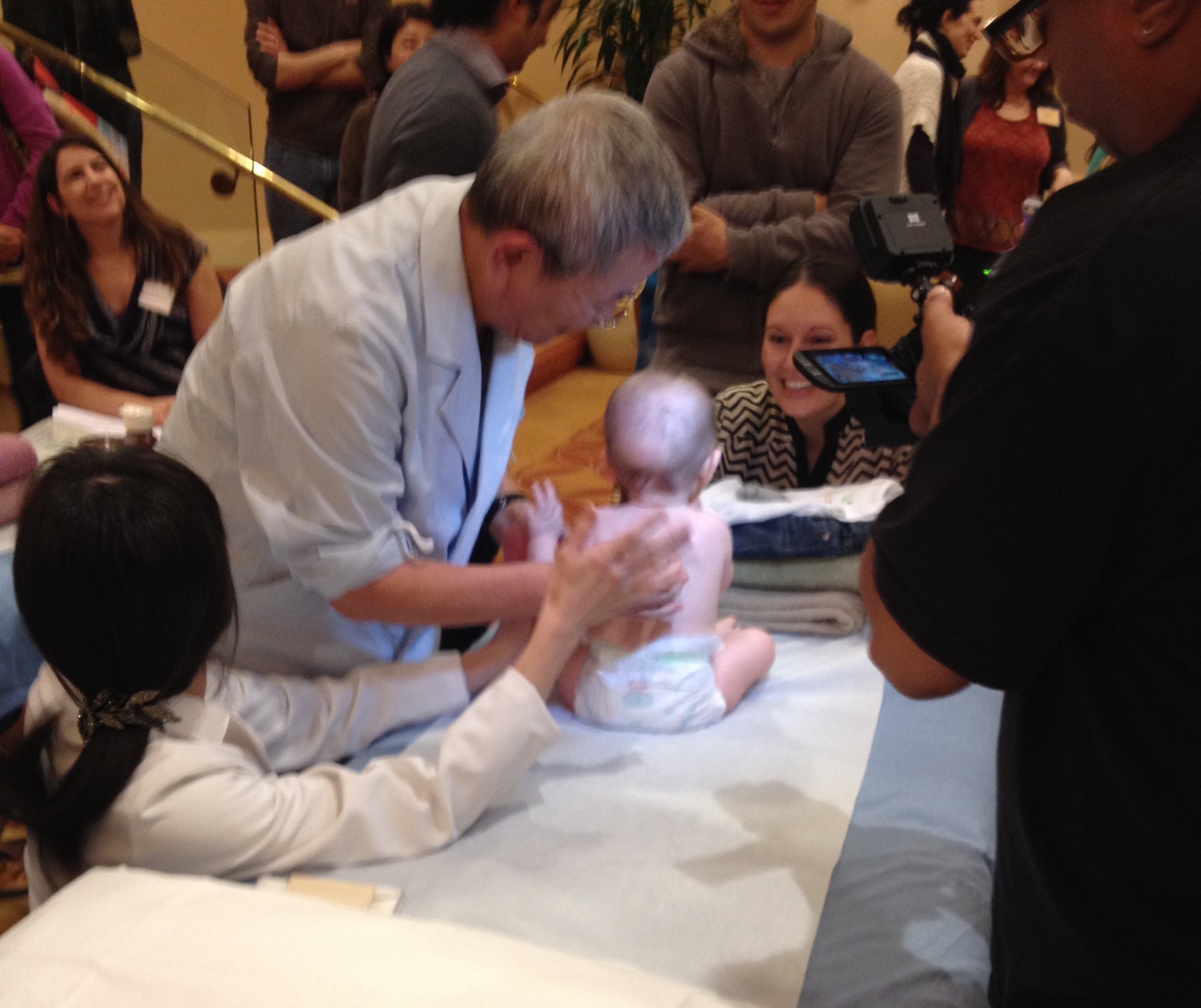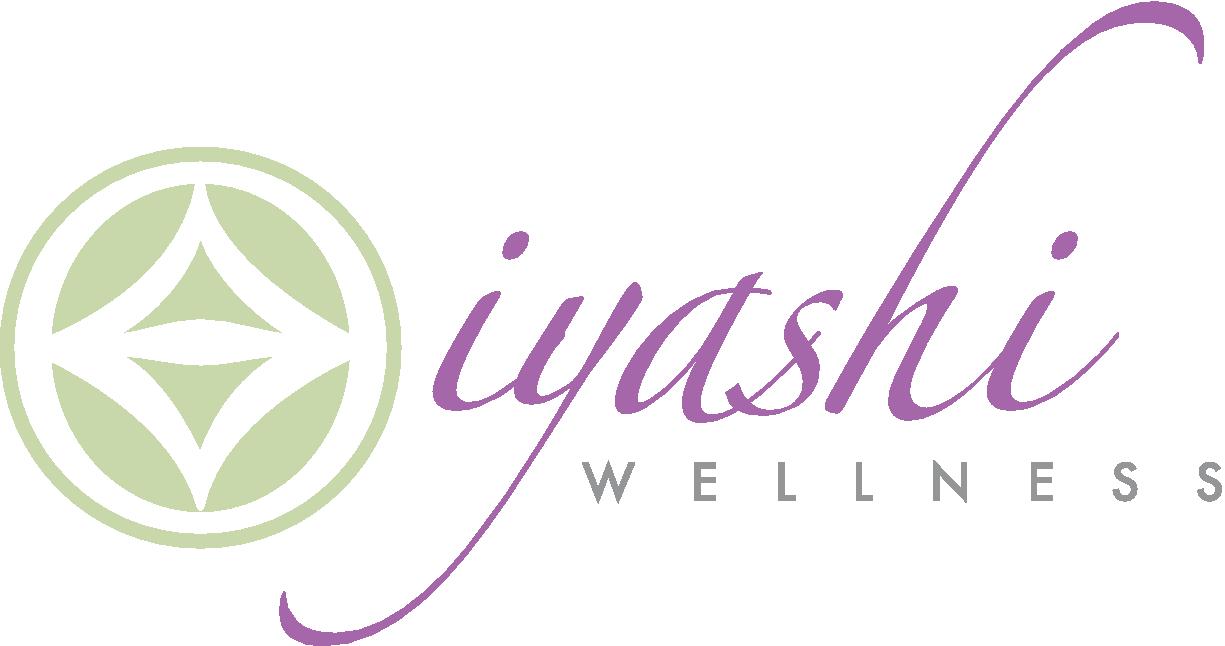I had the wonderful opportunity to visit my relatives in Japan last summer, and during my visit, I was very lucky to study Japanese acupuncture from a master acupuncturist as well as pediatric acupuncture from an acupuncture organization.
I observed the amazing acupuncture and moxibustion skills and bed-side manners of Edward Obaidey, a British acupuncturist who’s charm and humor belies the deep understanding, knowledge, and skills he has of this ancient medicine. He studied and graduated from a Oriental Medicine college in Tokyo and has been successfully, and busily, treating patients for well over 20 years in Tokyo. I can only begin to imagine the dedication and commitment he’s had to this medicine, having to learn this medicine not in his native language, but in Japanese, and not only that, in ancient Japanese, as classic Oriental Medical texts were all written in old Japanese (it’s like trying to study medicine reading Shakesperean English!). He is a master and teacher in his own right, but he is also the dedicated apprentice and translator of one of the grandmasters of Japanese Acupuncture, Ikeda Masakazu sensei.
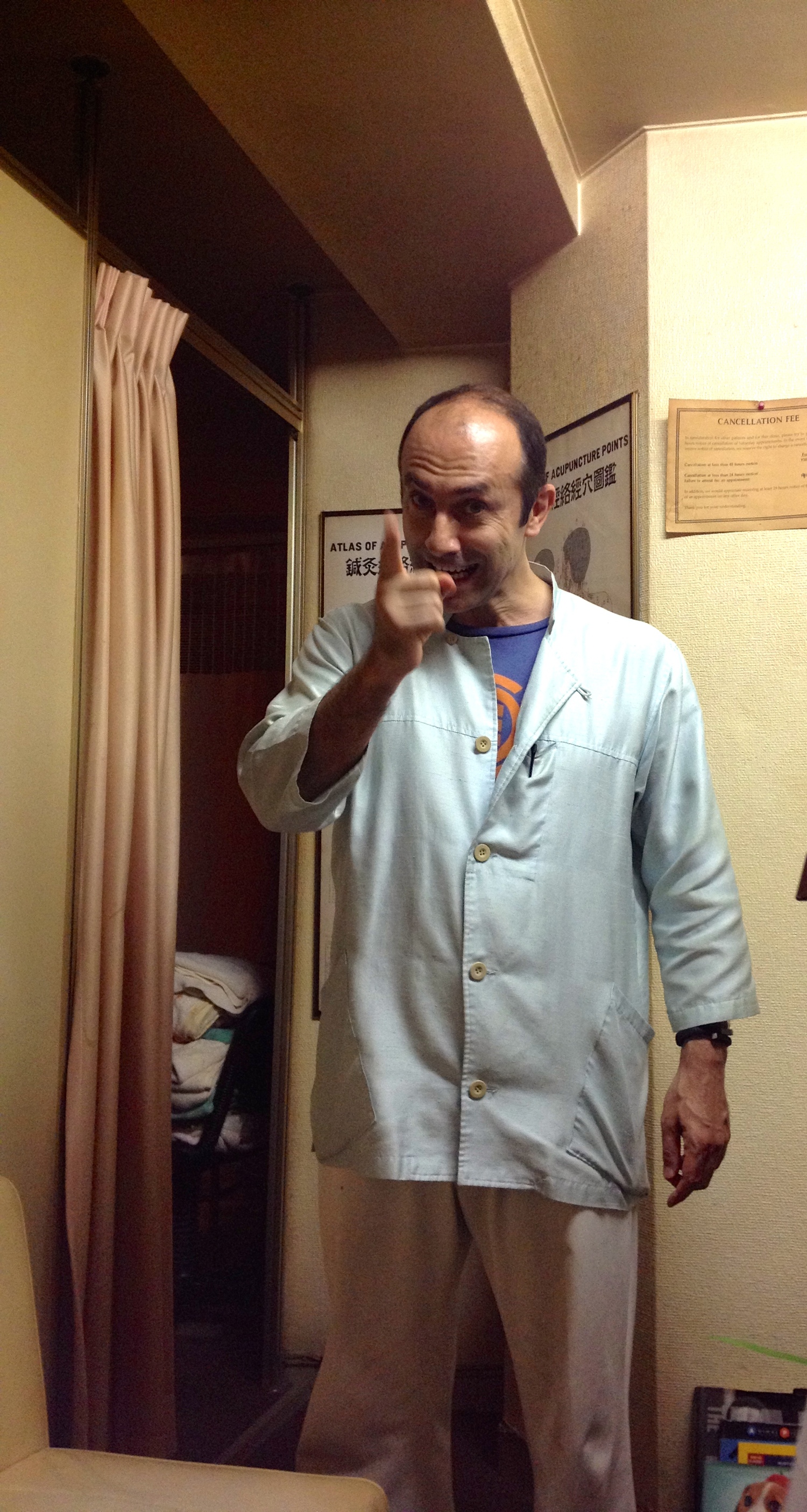
Eddie Sensei’s office happen to coincidentally be just a few stations away from my relative’s house, so I observed him and was able to participate in some of the intakes while I visited him for 3 days. The first thing I noticed as I climbed the 2 flights of stairs to his office was the strong smell of burning herb smoke. Though Americans confuse this smell to marijuana smoke smell, it’s actually the smell of moxa, or the burning of dried herbs called Mugwort/Aiye. Moxa, or moxibustion as it’s also known, is an ancient Oriental Medicine treatment protocol and has the ability to warm the channels, strengthen the blood and improve the flow of qi in the body. It also helps to stop bleeding, banish cold from the body, and is an excellent treatment in itself or with herbs and acupuncture to treat colds/flu, digestive disorders, back pain, muscle tension, headaches, anxiety, inflammation, carpal tunnel syndrome, female health problems, and much, much more.
Eddie Sensei extensively uses moxa in his office – pretty much on every patient. It is here where I really saw and experienced the power of moxa. I had the opportunity to be treated by him, and wow, what a paradigm shifting experience! A true master indeed. With the combination of his amazing acupuncture skills and the use of moxa by his assistants, I felt literally years of blockages melt away! Though I had learned about moxa in my Chinese Medicine training, what was taught at school was very minimal, and nothing to the extent of how Eddie sensei uses it. Thanks to Eddie sensei, I have now become a true believer in the power of moxa, and I now teach all my patients to use this at home (I unfortunately can’t use moxa in my office as the building does not allow the use of moxa). I use moxa on a very regular basis on myself at home, too, and I notice how my stamina and immune system has gone up and keeps me in check while the rest of the world is catching colds left and right.
I had also dabbled in some Japanese acupuncture knowledge while I was still an acupuncture student, but observing Eddie sensei resolved me to dedicate my time now to learning the art of acupuncture Japanese style. Let me give you a quick summary of acupuncture. There are three main types of acupuncture practiced in the United States: Chinese, Korean, and Japanese, and probably in that order in terms of familiarity and usage. Acupuncture started in China, but as Chinese philosophy and culture spread to East Asia, Koreans and Japanese appropriated the medicine to their cultural beliefs and style. Though simplistic in explanation, it is generally acknowledged that Chinese and Korean acupuncture tends to use a more aggressive style of needling, often requiring the use of manipulating the sensation of qi in the body after the insertion of needles, using thicker needles and more number of needles. Japanese acupuncture, on the other hand, uses much thinner needles, very little to no insertion of needles into the skin, and much less number of needles used. Japanese acupuncture also uses an extensive amount of palpation (using ones hands to examine the body for the use of disease diagnosis and treatment), which allows the practitioner to get immense amount of data about the patient’s health and musculo-neuro-skeletal condition. Though my acupuncture style was becoming more and more gentle as time had progressed, I am now embarking on a whole new style of acupuncture, which often doesn’t even require the insertion of needle into the skin but just the touch of the needle to the skin, as well as using even thinner needles and other manipulation of the needle and palpatory skills. I do a lot more palpation, asking, feeling, and staying with the body (while you rest or even fall asleep!) even after the needles are in to make sure I am seeing changes happening in the body the way it’s suppose to via the pulse and skin tone.

Along with meeting Eddie Sensei, I was also extremely lucky, that on my very last day in Tokyo, I was able to attend a pediatric workshop organized by a group of Japanese acupuncturists. This group’s mission is to spread the knowledge of Oriental Medicine in Japan, and in order to do so, they modernized the ancient pediatric acupuncture technique called shonishin (literally means pediatric needle: shoni=pediatric, shin=needle). Shonishin is practiced by acupuncturists who specialize in pediatric care, and in order to treat children, the Japanese in 17th century came up with specialized tools that scrape, rub, tap, and treat the body using blunt tools.
The organization I took the workshop from wants to make shonishin and its health benefits accessible to all, so they took the concepts of shonishin and some of its tools and modernized it, using tools easily found in all homes: teaspoon, hairdryer, and toothbrush. They call their shonishin style “SkinTouch”, emphasizing the importance of skin to skin contact and touching of the child’s skin by the parent for developmental purposes. The workshop was very fun and easy to learn, and I now use this as a basis in all of my pediatric patients, teaching parents basic shonishin massage so that they can do it at home on a daily basis. The effects of shonishin massage is remarkably effective. Just with shonishin, glycerin-based herbal medicine and a change in the child’s diet, and symptoms the baby or child was coming in for resolves rather quickly or is significantly reduced. Not only that, the child actually starts to get healthy, and their constitution actually improves with continuous shonishin treatments. I have had great success in particular with children/babies suffering from asthma, rhinitis, digestive ailments, hyperactivity/hypersensitivity just using these protocols. I am excited I have yet another needle-free tool in my repertoire to treat children!


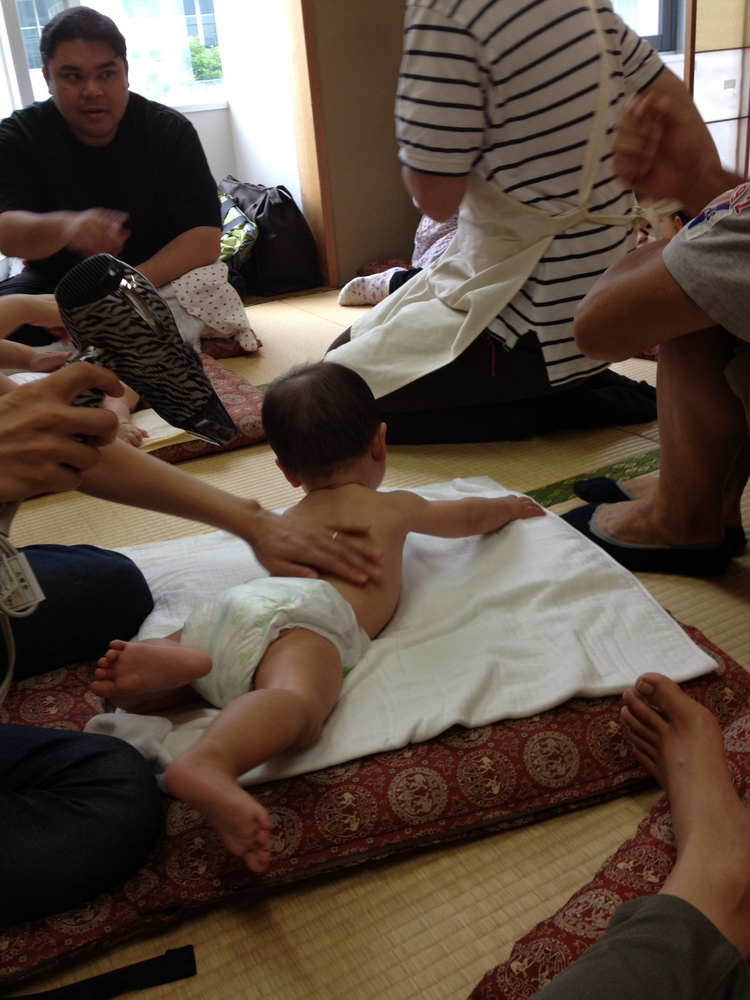
I am so grateful I continue to have the opportunities to meet wonderful masters now that I’ve become a healthcare practitioner, allowing me to deepen my knowledge, my skills, and effectiveness in treating patients who walk in the door. I don’t know if it’s because I am part Japanese, but it seems I get drawn to the gentle style of Oriental Medicine via Japanese practitioners, starting with Dr. Mikio Sankey, and now Eddie Sensei, and most recently, just two weekends ago, with Ikeda Masakazu Sensei at his seminar in San Francisco. Wow, wow, wow. I feel so energized once again because through this seminar, I feel I can provide even more for my patients and be even more effective with my treatments. And I am already seeing it two weeks since the seminar with the results I am seeing with my patients. I am humbled and grateful I can continue to improve myself to be of service to my patients.
